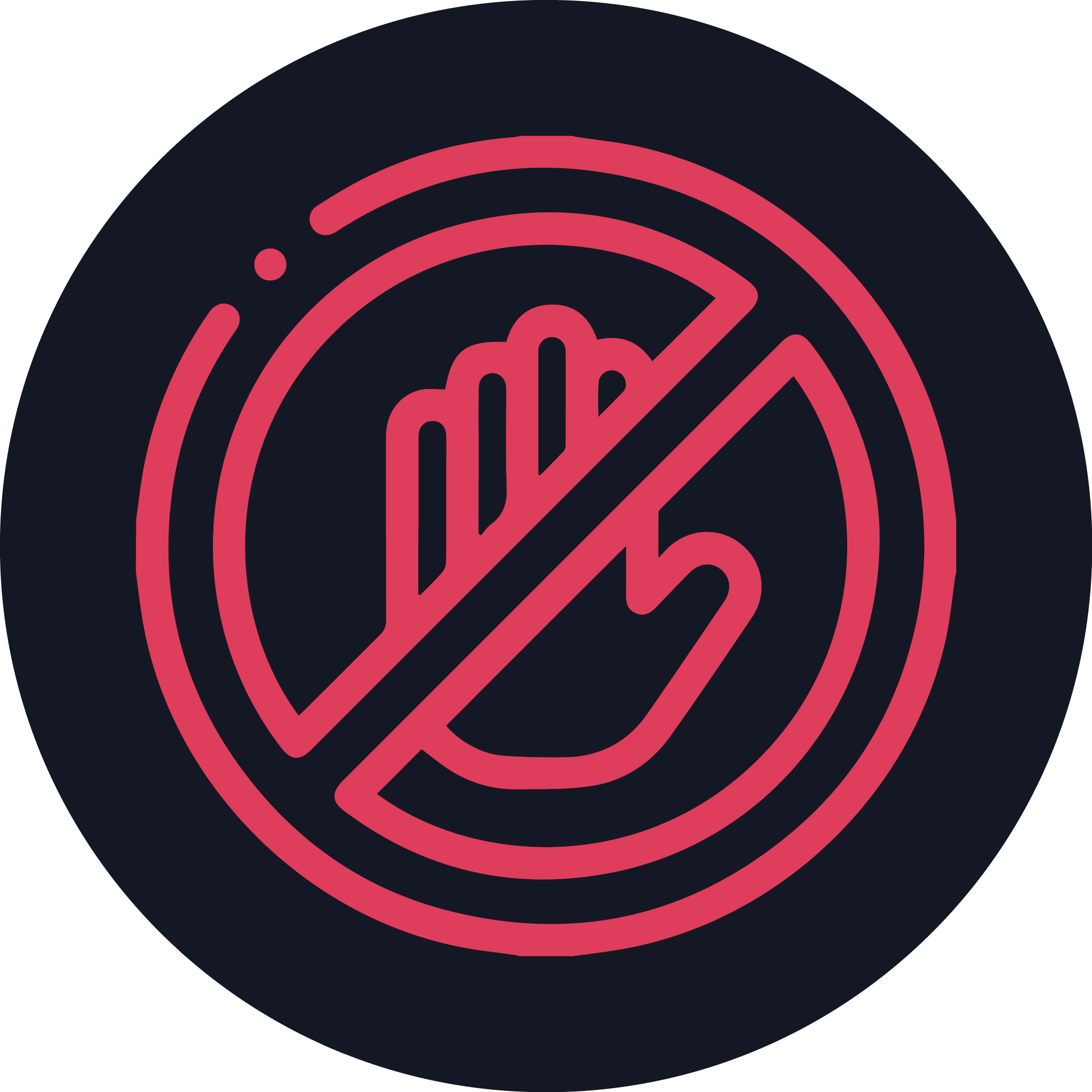Aftercare
Caring For Your Piercing
What Now?
After much research and consideration, you’ve finally gotten your new piercing! Your piercer should’ve sent you home with instructions on caring for your piercing, but it can’t hurt to review what you need to do for a smooth healing process.

Don't Touch The Piercing
When you get a piercing, treat it like an injury: leave it alone, and it will heal by itself. By not touching the piercing, you give your body the chance to form a protective fistula, which is a tunnel of tissue that surrounds the jewelry.
To minimize irritation and the risk of infection, piercings shouldn’t be touched if possible— when it needs to be handled (e.g. when you clean it), always wash your hands thoroughly with mild or unscented soap beforehand.

Clean Daily With Saline
The APP recommends that piercings be cleaned with a sterile saline solution; generic saline wound washes can be found at many stores. The ingredients should list 0.9% sodium chloride as the only ingredient.
To clean the piercing, spray the saline solution on the area to sanitize and loosen any buildups that may have accumulated over the day. Cotton swabs can also be used to get into hard-to-reach crevices around the piercing. For certain piercings, it may be easier to clean with gauze soaked in saline, followed by a rinse.

Downsize Jewelry
When you get pierced, your initial jewelry will often have a longer post to accomodate for swelling. Your piercer may have told you to come back to get your jewelry downsized after the initial healing period— go!
If you don’t, you run the chance of slowing down your healing process. Longer posts can get snagged and shift around more easily, causing migration.

Treat Any Infections
While it’s normal to experience discomfort and discharge from the piercing area for the first couple of days, it may become an issue when it persists. If you’re experiencing signficant redness, swelling, pus-like discharge, and pain weeks after piercing, you may have an infection.
Mild infections can be treated at home with warm compresses and saline rinses, but for more severe infections see your health care provider. You may feel the inclination to wait it out because you spent money on your piercing, but developing a systemic infection isn’t worth it. Take it out!